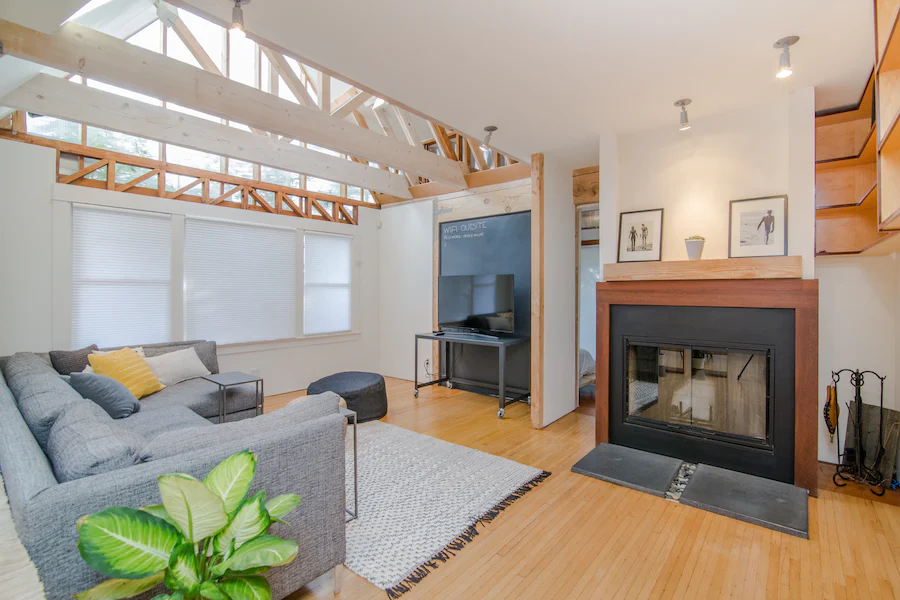We are in the middle of a housing affordability and supply crisis in Canada, yet the federal government has been dragging its feet on initiatives to increase the supply.
That’s the information that came to light in a report released Aug. 10 by Parliamentary Budget Officer (PBO) Yves Giroux who did a deep dive into federal program spending on housing affordability in 2021.
Bottom line here is that the feds spent less than half of the funding earmarked for a pair of important flagship housing programs.
One program is the National Housing Co-Investment Fund, which provides a mix of loans and forgivable debt to those building affordable homes and multi-use projects. Only half the $923 million in planned funding was spent over the last three years.
The other program is the Rental Construction Financing Initiative, which supports the build of new rental housing. Only 47% of the $253 million in planned funding was spent over the three years.
In the past three years, Canada Mortgage and Housing Corporation (CMHC) has spent only 49% of $1.2 billion that was allocated for the two programs.
The PBO report notes that the housing strategy of the Liberals has been limited by program lags at the CMHC and expired community housing deals with the provinces.
The fact remains that while we are in a housing crunch, funds that could help have not gone out the door. There is no excuse for this—especially at a time when we desperately need these projects.
We already have a shortage of housing in Ontario, especially in the City of Toronto, where population growth is outpacing new home construction.
According to the report, CMHC’s planned spending under the National Housing Strategy was topped up to an average of $3.7 billion annually each year, which represents a $1.2-billion-per-year, or 50% increase in nominal spending, but the government has fallen short of its aim to vastly expand the country’s affordable housing stock.
Normally, the challenge is convincing the government to pony up funds. In this case, funds are available. It’s just that they haven’t been allocated. They have the programs, but the money is not flowing.
This is not a good metric. In an area where the federal government is supposed to be active, it is failing miserably.
The report projects that the number of households in need of an adequate or affordable place to live will increase to about 1.8 million within five years unless more funding flows toward the problem.
Canada’s population is expected to grow by up to 50% over the next five decades, with Ontario accounting for a good chunk of that growth. This will put even more pressure on our province to provide housing. More than 400,000 immigrants are expected to move to Canada in each of the next three years.
The Centre for Urban Research and Land Development at Ryerson University recently reported that, using a calculation from experts from the governments of Canada and British Columbia, an average of 79,300 units per year must be built from 2021 to 2031 to make homes more affordable.
In a healthy housing market, you’d have about six months of housing supply, but we don’t. Across Canada we have about 2.8 months of inventory according to Statistics Canada.
Toronto is already one of the most unaffordable housing markets in the world, according to a report released earlier this year by the Urban Reform Institute. The city ranked fifth on the list of top “severely unaffordable” cities around the world—up one spot from last year’s ranking—and certainly not where we want to be.
The shortage is costing us economically. For example, the Toronto Region Board of Trade and WoodGreen Community Services indicated in a report that the shortage of affordable housing is costing the GTA up to nearly $8 billion annually, or up to almost $38 billion over a five-year period.
We have the lowest number of housing units per 1,000 residents of any G7 country, with 424 homes per 1,000 Canadians. Again, not where we want to be.
More Canadians are finding themselves unable to afford a home. The future does not look any brighter, considering anticipated population growth.
It’s time to spend the money that’s already been earmarked to make sure homes are built for Canadians.
Richard Lyall, president of RESCON, has represented the building industry in Ontario since 1991. Contact him at media@rescon.com.









